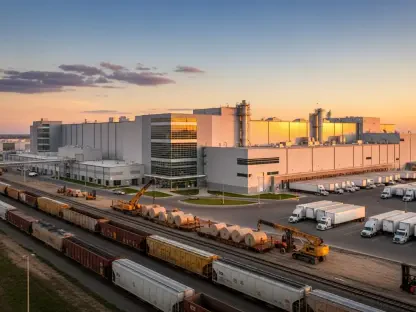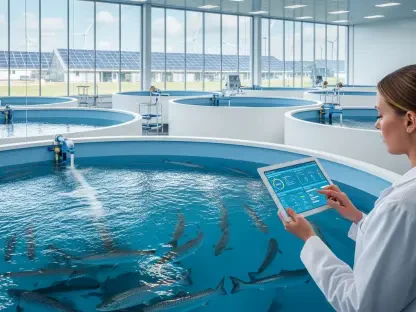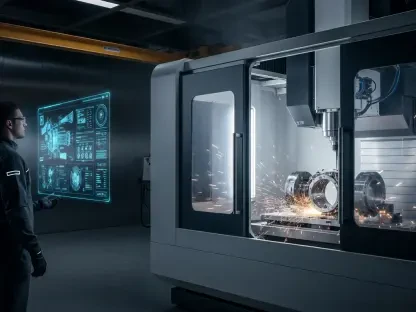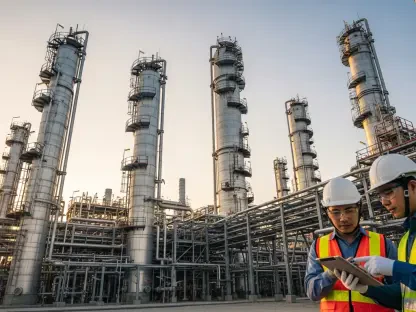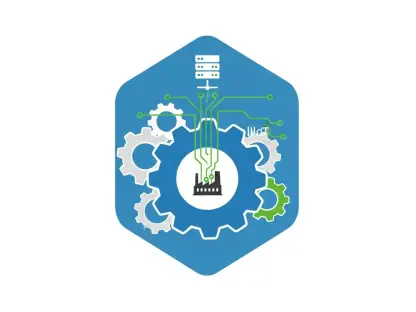In a transformative moment for Uganda’s industrial landscape, the commissioning of the Kiira Vehicle Plant in Jinja by President Yoweri Kaguta Museveni has sparked hope for a new era of economic self-reliance and technological advancement across the continent. Billed as Africa’s largest vehicle manufacturing facility, this ambitious project, backed by an initial investment of USD 120 million from Kiira Motors Corporation, seeks to dismantle Uganda’s long-standing dependence on imported vehicles and steel while creating thousands of jobs for local talent. With production already underway and targets set to manufacture up to 10,000 vehicles annually by 2030, the plant stands as a symbol of innovation and determination. This article delves into the economic potential, resource strategies, and broader implications of the Kiira initiative, examining whether it can serve as a catalyst for industrial growth not just in Uganda, but throughout Africa, inspiring nations to rethink their approach to manufacturing and development.
Economic Impact and Job Creation
The Kiira Vehicle Plant emerges as a critical player in addressing Uganda’s economic challenges, particularly the staggering trade deficit caused by heavy reliance on imports. President Museveni has pointed out that the facility could save the nation up to USD 800 million each year by curbing the need for imported vehicles, a figure that underscores the transformative financial impact of domestic production. Beyond mere savings, the plant has already become a hub for employment, engaging hundreds of Ugandan engineers and technicians in roles that were previously scarce within the local market. As production scales toward ambitious targets over the next few years, the ripple effect on the economy could be profound, offering a blueprint for how industrial projects can alleviate fiscal pressures while fostering growth. This initiative highlights the possibility of turning economic burdens into opportunities through strategic investment in manufacturing capabilities.
Furthermore, the economic implications of the Kiira Plant extend beyond immediate financial relief to the broader vision of sustainable development. The facility’s focus on producing electric and diesel vehicles aligns with global trends toward greener technologies, positioning Uganda as a potential leader in this space within the African context. Employment opportunities are not limited to technical roles; ancillary industries such as logistics, supply chain management, and maintenance services are also expected to flourish, creating a diverse job market. These developments suggest that the plant could stimulate economic activity in multiple sectors, reducing unemployment rates and enhancing household incomes. If successful, this model of job creation and economic stimulation could encourage other African countries to invest in similar industrial ventures, potentially reshaping regional economic dynamics through localized production and reduced import dependency.
Harnessing Local Resources for Sustainability
A cornerstone of the Kiira Vehicle Plant’s strategy lies in leveraging Uganda’s vast natural resources to build a self-sufficient industrial ecosystem. Museveni has emphasized the urgency of exploring iron ore reserves in areas like Kabale and Butogota, which hold some of the largest deposits globally, to cut down on the USD 900 million spent annually on steel imports. Establishing domestic steel production with high-quality standards could not only support vehicle manufacturing at Kiira but also bolster other industries reliant on durable materials. This move toward resource utilization reflects a broader goal of industrial integration, where different sectors feed into one another, minimizing external dependencies. Such an approach could redefine Uganda’s industrial framework, setting a precedent for resource-rich African nations to capitalize on their endowments for economic gain.
Additionally, the push for local resource use ties into a long-term vision of creating robust value chains that sustain industrial growth. By investing in facilities to refine iron ore into quality steel, Uganda aims to eliminate the inefficiencies of relying on scrap metal, which falls short for precision industries like automotive manufacturing. This strategy draws inspiration from past successes in sectors like dairy, where mechanization and local input have driven progress. If implemented effectively, these efforts could reduce costs for manufacturers, improve product competitiveness, and attract foreign investment into Uganda’s industrial sector. The broader implication for Africa is a potential shift toward economies built on internal strengths, encouraging countries to prioritize resource exploration and processing as a foundation for industrial expansion rather than remaining exporters of raw materials.
Fostering Innovation and a Knowledge-Based Future
The roots of the Kiira Vehicle Plant trace back to a research prototype developed at Makerere University, highlighting the pivotal role of education and innovation in industrial progress. University leaders have called for increased funding to support research initiatives, recognizing that projects like Kiira demonstrate the power of translating academic ideas into real-world solutions. President Museveni has further urged scientists to tackle local challenges, from producing lithium batteries for electric vehicles to pioneering medical advancements. This emphasis on a knowledge-based economy suggests that Uganda could become a center for technological innovation, inspiring a shift in how African nations approach development through science and homegrown expertise rather than imported solutions.
Moreover, the focus on innovation at Kiira extends to building a culture of problem-solving and adaptability within the workforce. Training programs for engineers and collaboration between academia and industry are essential components of this vision, ensuring that the skills needed for modern manufacturing are cultivated locally. The government’s support for scientific exploration, including breakthroughs in health sectors like treatments for major diseases, complements the industrial goals of the plant. Should this model of integrating education with industry gain traction, it could serve as a template for other African countries to invest in their intellectual capital, reducing reliance on foreign technology and fostering a sense of ownership over developmental progress. The potential to create a network of innovation hubs across the continent looms large if this approach proves viable.
Inspiring Continental Self-Reliance
The Kiira Vehicle Plant transcends its role as a manufacturing hub to become a powerful symbol of national pride and African ambition. Museveni’s impassioned call for the continent to reclaim confidence through science and industrial progress challenges long-standing narratives of dependency and stagnation. With unified support from government officials, academic leaders, and industry executives, the plant represents a collective belief in the power of local content and visionary governance. Its success could resonate far beyond Uganda’s borders, prompting other nations to pursue industrial projects that prioritize self-sufficiency and cultural pride. The question of whether this initiative can spark a continental movement hinges on its ability to demonstrate tangible results in economic and social spheres.
Equally significant is the plant’s potential to redefine Africa’s image on the global stage through sustained industrial achievement. By showcasing the capacity to produce high-quality vehicles and integrate various economic sectors, Uganda positions itself as a leader in a new wave of African industrialization. This endeavor challenges other countries to rethink their developmental strategies, focusing on policies that support local manufacturing and innovation over reliance on foreign aid or imports. The collaborative spirit behind Kiira—evident in partnerships between state institutions and private entities—offers a model for how unified efforts can overcome historical barriers to progress. If this momentum spreads, it could herald a transformative era where African nations build their futures on the strength of their own resources and ingenuity.
Reflecting on a Milestone for Future Growth
Looking back, the commissioning of the Kiira Vehicle Plant in Jinja marked a defining chapter in Uganda’s journey toward industrial prominence, encapsulating a shared vision of economic independence and innovation. The initiative tackled pressing issues like import dependency while laying the groundwork for job creation and resource utilization that reshaped national priorities. As stakeholders from various sectors rallied behind this project, their collective resolve underscored a commitment to sustainable growth. Moving forward, the focus must shift to scaling these efforts through strategic investments in technology and education, ensuring that the plant’s success inspires similar projects across Africa. Strengthening regional partnerships to share knowledge and resources could amplify this impact, paving the way for a continent-wide industrial renaissance built on local strengths and collaborative ambition.



